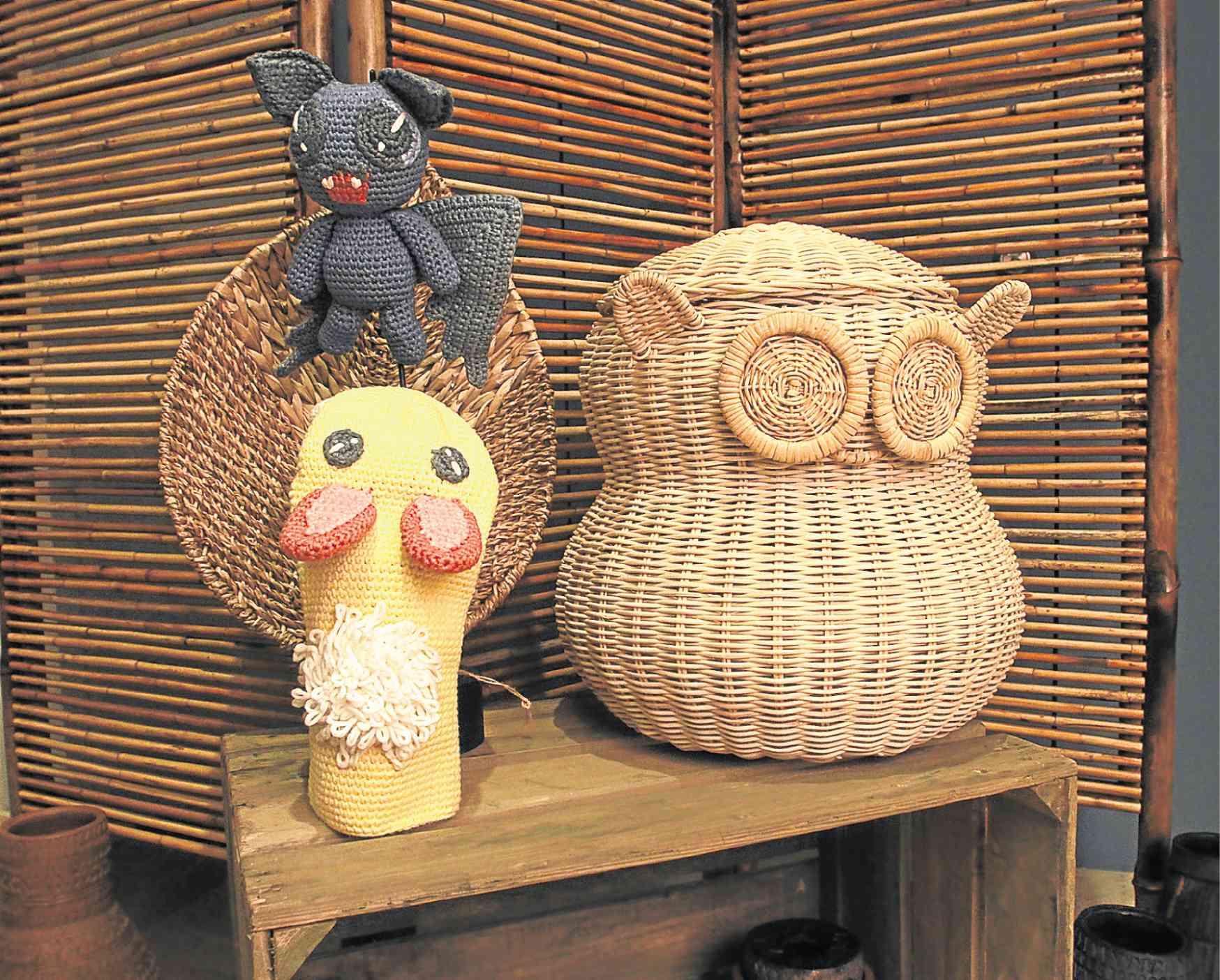Artefino is arguably the largest artisanal crafts fair in the metro, with over 100 participants. It runs Aug. 29-Sept. 1 at The Fifth, Rockwell, Makati.
More than just a cornucopia of Filipino fashion, home accessories and foods, Artefino stands out from other local fairs in that it is rich in stories about entrepreneurs giving new life to native crafts.
“We’d like to think of Artefino as not a bazaar but more of a platform that aims to strengthen our awareness of Filipino artisanship skills and traditions,” said Artefino cofounder Mercedes Vargas.
The organizers work closely with exhibitors to raise the quality of products to world-class standards and introduce innovations.
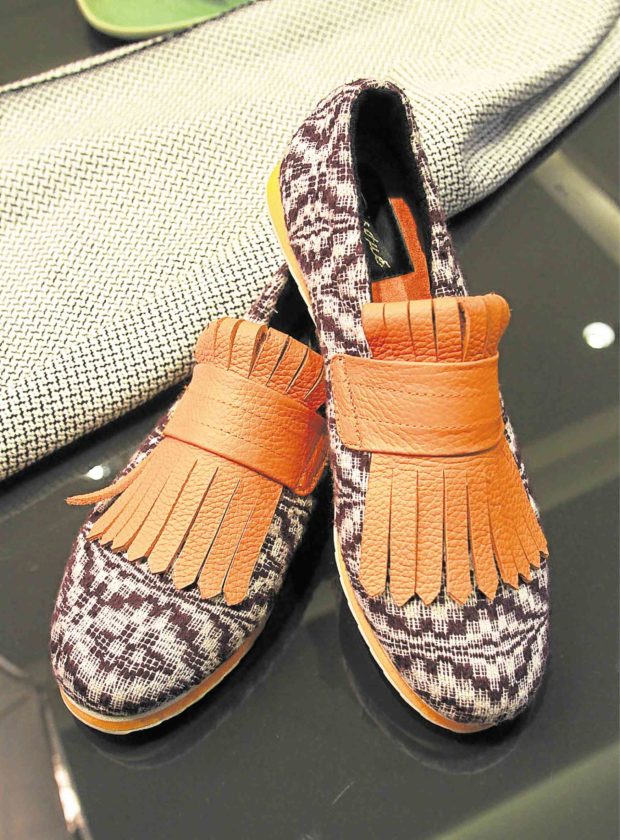
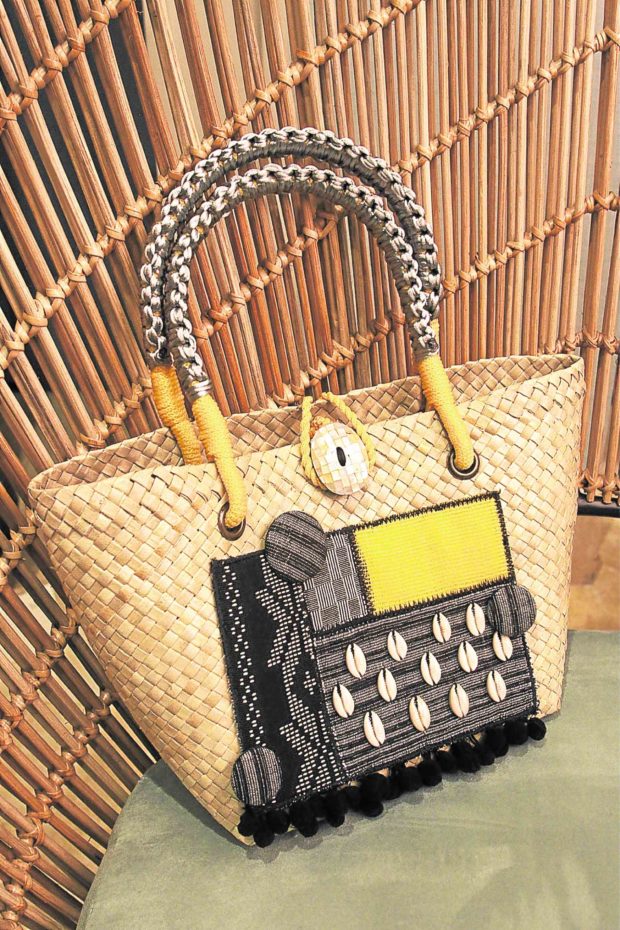
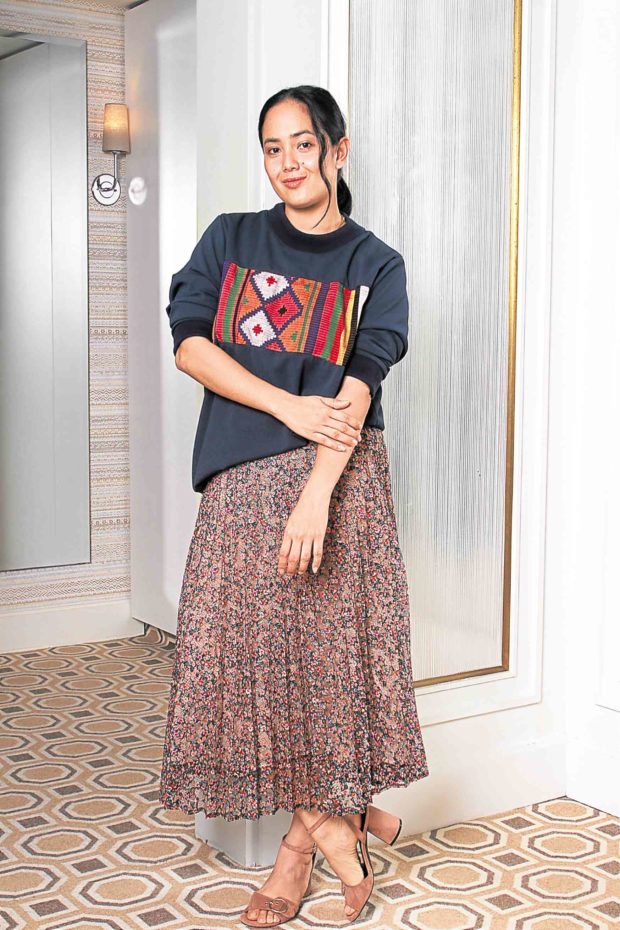
“We would like to see ourselves as contributors toward a movement that celebrates that which we can be truly proud of—crafts and products that tell us who we are and what we can be in economic, cultural and environmental sustainability,” said Vargas.
Anya Lim, founder of Anthill (Alternative Nest and Trading/Training Hub for Indigenous/Ingenious Little Livelihood), a social enterprise that produces fashion and home elements and souvenirs, added: “Every year, we are constantly challenged to innovate not just in our designs but in the entire business value chain.”
HeArtefino
Part of the revenue goes to the HeArtefino Development Program which supports communities involved in the fair.
The beneficiary is chosen based on the leadership and work ethic of the community and the designer’s commitment to work with them.
“The program’s goal is to contribute toward building self-sustaining communities in areas within the Artefino ecosystem,” said Vargas.
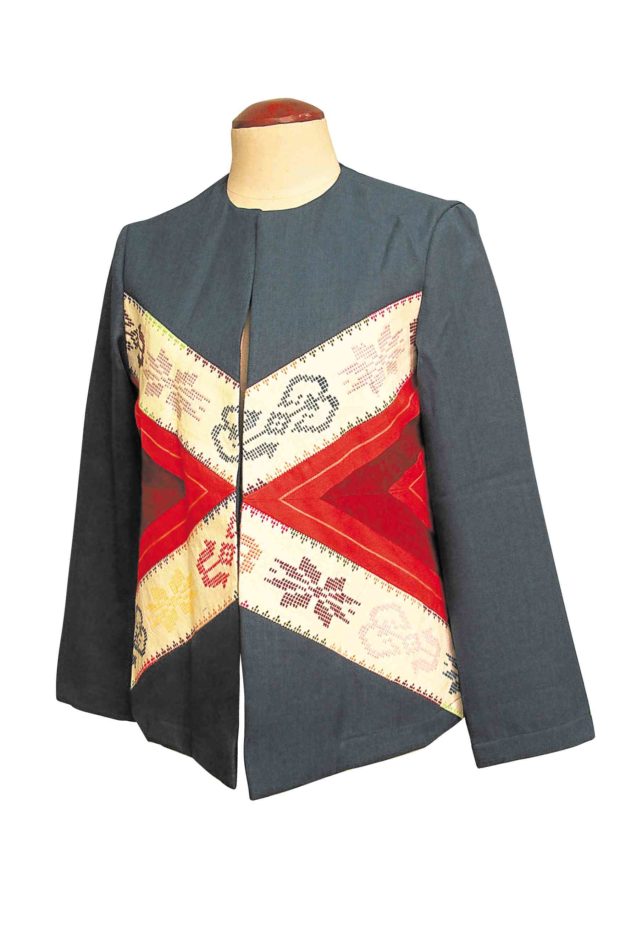
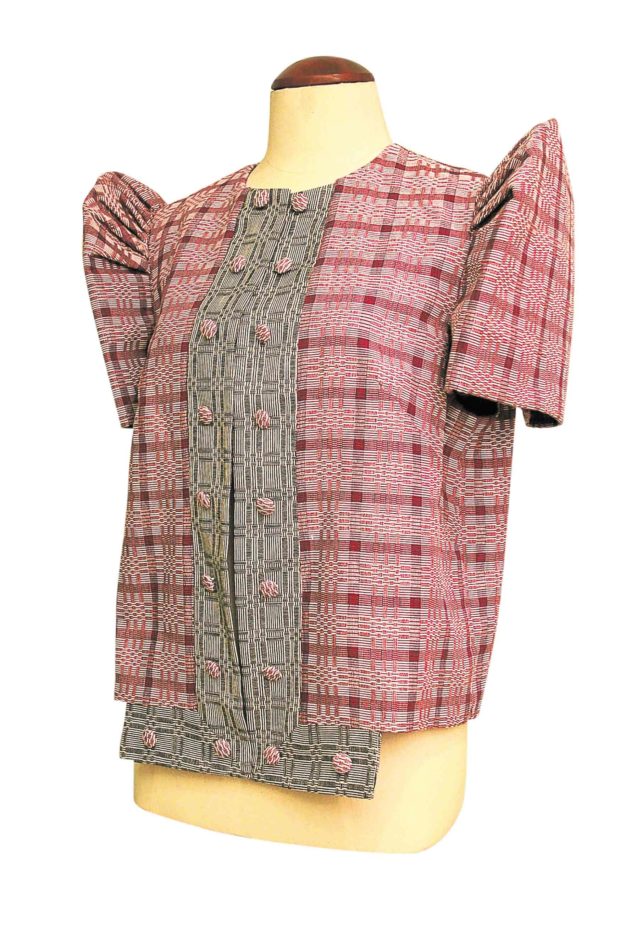
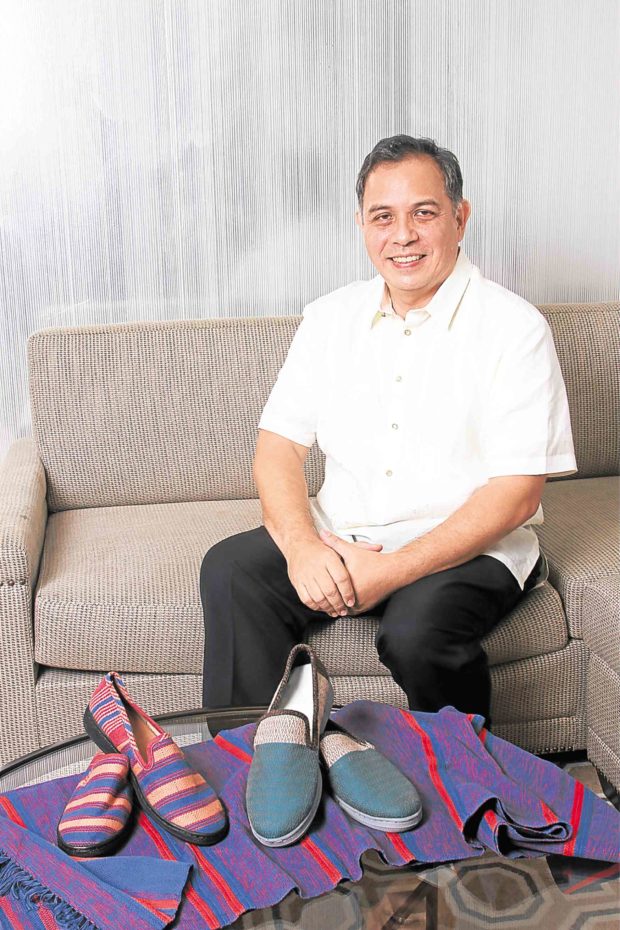
The first recipient was accessories designer Zarah Juan and the Bagobo-Tagabawa bead workers in Toril, Davao City. HeArtefino provided a livelihood center, solar lamps, sewing machines (in partnership with Zonta of Makati) and values education and financial literacy programs. Sales of the products are ploughed back to them.
This year, HeArtefino worked with the GREAT Women (Gender Responsive Economic Actions for the Transformation of Women), a project which supports weaving communities. HeArtefino tapped designers to create modern uses for traditional Panay textiles.
Ilonggo designer Jor-El Espina is known for his jackets with local weaves. Adante Leyesa produces bags and recycles the textile scraps as embellishments.
Rhett Eala has also produced kimonos for the fair.
“It’s the spirit of collaborating with designers and communities whose products feed into the fair,” said Vargas.
Advocacy
HeArtefino will also present a capsule collection of modern fashion using fabrics produced by two Marawi communities. These are interpreted by Wilson Limon of NIñOFRANCO, a Davao-based clothing brand that incorporates tribal fabrics, and Lim’s Anthill Fabric Gallery.
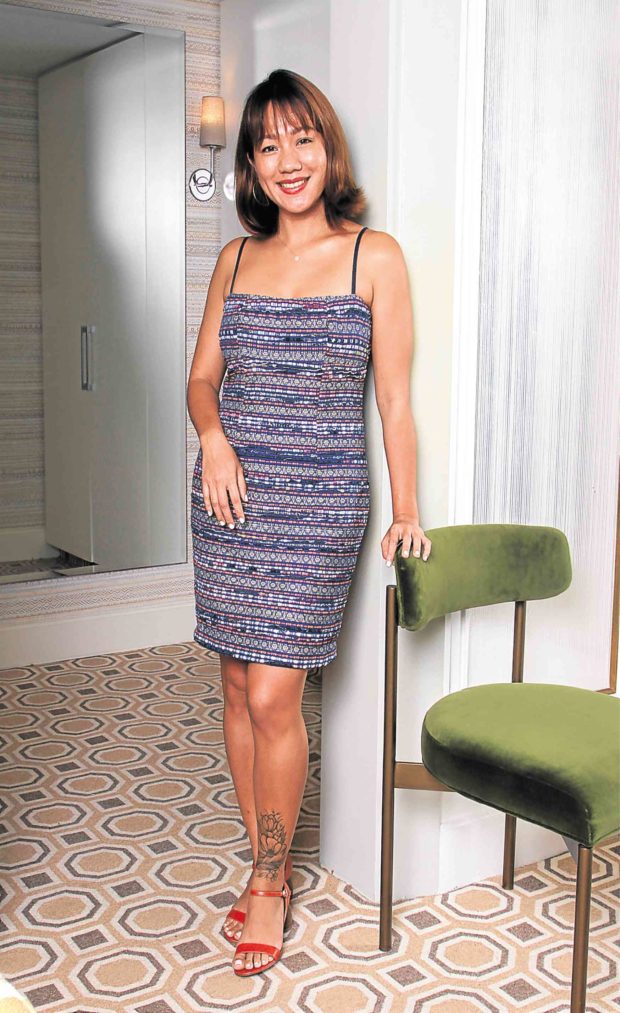

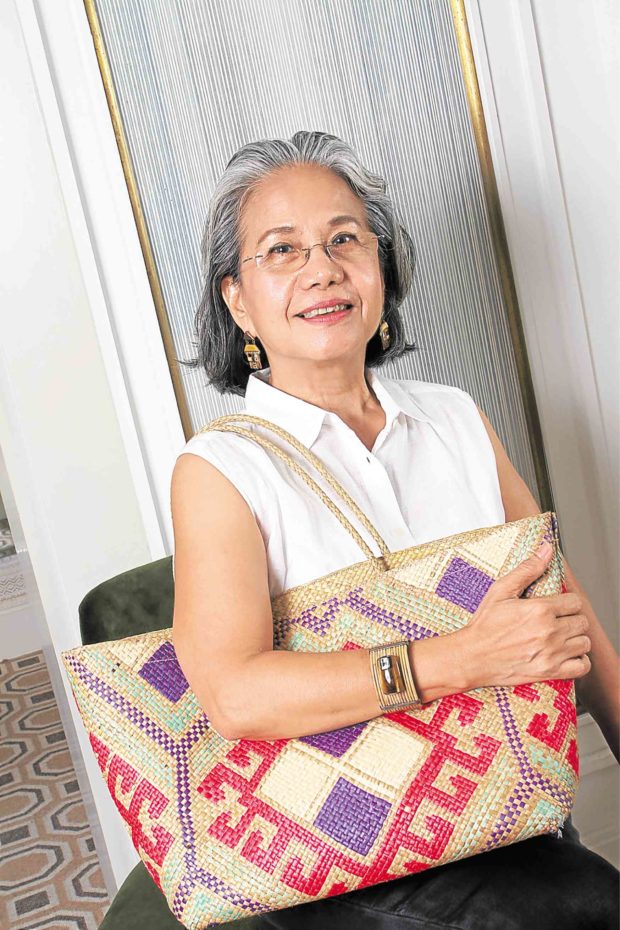
To drive home its advocacy, Artefino holds annual discussions on sustaining artisan traditions. “The talks are one of the ways to promote a communal spirit within the Artefino ecosystem of exhibitors, patrons, sponsors and the public,” said Vargas.
In a recent forum on entrepreneurship and preservation of Filipino culture, Artefino gathered a panel of business people whose brands project a sense of social responsibility.
Lim’s Anthill has a master-apprentice program in weaving communities. Master weavers are given financial incentives to train novices to preserve the local textile tradition. It works with partner organizations to provide financial literacy and loan access to help increase the productivity.
Michael Claparols, proprietor of Creative Definitions, explained that the main vision of his enterprise is to set up a supply chain that will help farmers cultivate cotton and other plants for textiles, sustain weavers in Negros, and develop a market for their products.
Its brand, Interweave, is a line of handwoven scarves, shawls and beach wraps, made of 100-percent cotton. Creative Definitions will launch its footwear brand, Lakat, using cotton from its partner communities in Kabankalan and Valladolid, Negros Occidental. In keeping with Artefino’s advocacy of zero waste, the shoes are made of recycled rubber tire soles with coco coir insoles.
War zone
Claparols and his wife, Johanna, a designer, learned weaving to forecast the output when they deliver the materials to the artisans.
Cebuana furniture exporter Debbie Palao is director of the HoliCOW (Holistic Coalition of the Willing) a social enterprise in the Visayas. Designers collaborate with artisans who are competent in bamboo making, crocheting, sewing and lighting to produce home décor.
Stylist-turned-entrepreneur Bea Constantino, who is part- Chavacano and Tausug, set up the fashion brand Herman & Co. to tell the story of the weavers from Sulu and Zamboanga. One of her aims is to show the market that weavers are productive even in a conflict area.
In the discussion that Lim moderated, the entrepreneurs cited challenges in working with their partner communities. The most common are production delays and communication. Work is disrupted by fiesta celebrations or household chores.

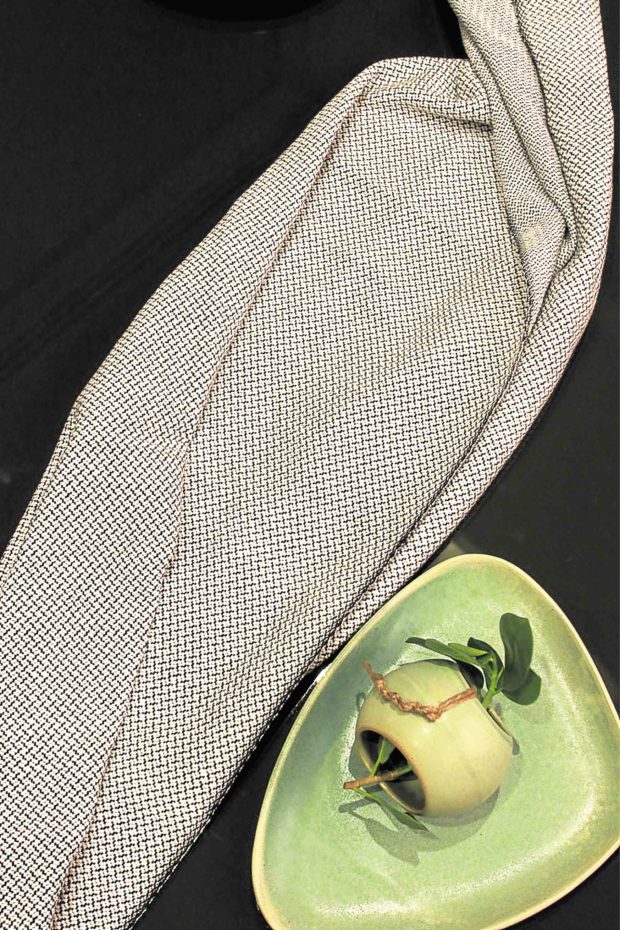
Some artisans live in remote areas where cellular signals are weak. Palao said when artisans have questions about the design but can’t reach out to the designer, they end up doing things on their own.
Constantino has faced security concerns in conflict-ridden areas such as Sulu and Basilan. She noted the difficulty in developing a stable partnership in some communities when the weavers have to relocate due to these conflicts.
Lim also pointed out the importance of investing in relationships with the artisans. The entrepreneurs underscored transparency and making them feel a sense of ownership in their work.
Claparols encourages the artisans to express their issues on pricing and production.
“We give them pride,” said Palao, noting how their livelihood has sent their children to school. —CONTRIBUTED

